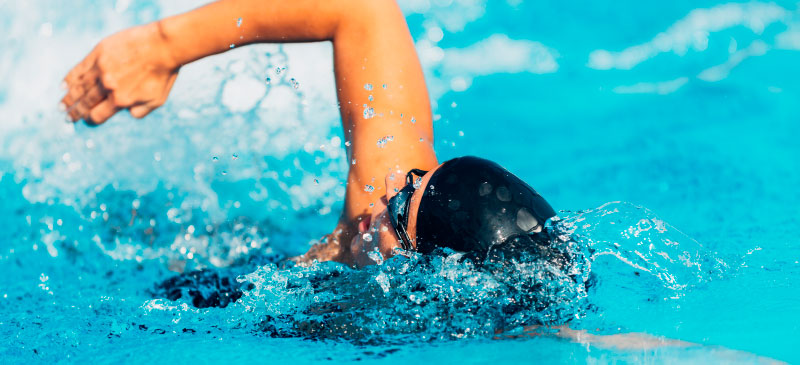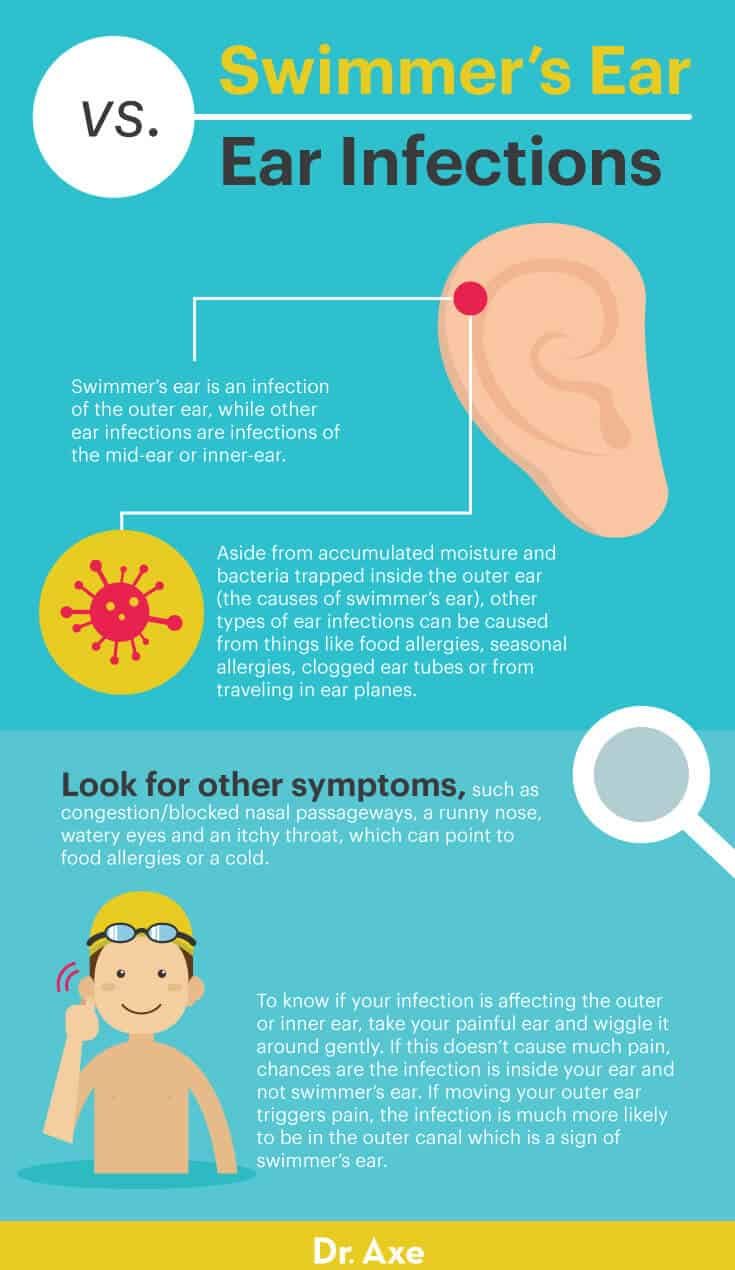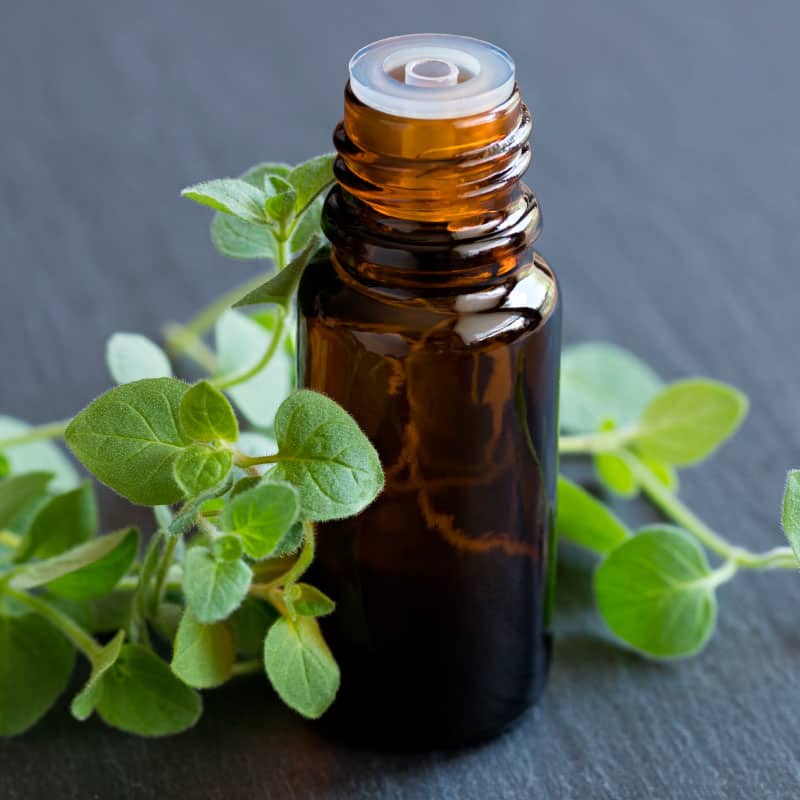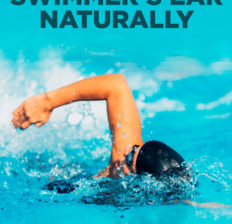This Dr. Axe content is medically reviewed or fact checked to ensure factually accurate information.
With strict editorial sourcing guidelines, we only link to academic research institutions, reputable media sites and, when research is available, medically peer-reviewed studies. Note that the numbers in parentheses (1, 2, etc.) are clickable links to these studies.
The information in our articles is NOT intended to replace a one-on-one relationship with a qualified health care professional and is not intended as medical advice.
This article is based on scientific evidence, written by experts and fact checked by our trained editorial staff. Note that the numbers in parentheses (1, 2, etc.) are clickable links to medically peer-reviewed studies.
Our team includes licensed nutritionists and dietitians, certified health education specialists, as well as certified strength and conditioning specialists, personal trainers and corrective exercise specialists. Our team aims to be not only thorough with its research, but also objective and unbiased.
The information in our articles is NOT intended to replace a one-on-one relationship with a qualified health care professional and is not intended as medical advice.
Swimmer’s Ear Causes & Natural Remedies
August 8, 2022

Although children most often develop swimmer’s ear from swimming outdoors in oceans or lakes, adults can also develop this painful problem. In fact, swabbing the inside of the ears with Q-tips after a shower (a common habit among cleanly adults) can actually raise the risk for ear infections, since this removes protective bacteria and also irritates the ear canal.
The best way to handle swimmer’s ear is to stop it before it even starts. Prevention is key, since once it develops it can be very painful and hard be to treat without the use of antibiotics.
Will swimmer’s ear go away by itself? Not necessarily, which is why you’ll want to read up on how to get rid of swimmer’s ear using various methods.
What are swimmer’s ear treatment options? Most drug stores carry over-the-counter ear drops that can help dry up moisture inside the ears. Protecting the ear canal with plugs or a homemade wax substitute — and boosting overall immune health with a healthy diet — can also help lower you or your child’s risk.
What Is Swimmer’s Ear?
Swimmer’s ear (known medically as otitis externa) is an acute, inflammatory infection of the tissue within the outer area of the ears. It’s most often swimming-related and can affect both children and adults.
Most often it occurs when parts of the outer ear known as the pinna and the ear canal become infected. Just like other parts of the body that tend to keep moisture and bacteria trapped inside — such as the nasal passageways, spaces between toes or the groin — the ears are susceptible to accumulation of harmful bacteria.
With swimmer’s ear, tissue within the ears starts to get macerated from ongoing wetness and moisture, leading to inflammation along with the buildup of bacteria.
The throbbing, pain and trouble hearing associated with swimmer’s ear infections affect about 3 percent to 10 percent of the population on a reoccurring basis. Additionally, about 2 million individuals every year experience swimmer’s ear.
Otitis externa is considered acute if it lasts less than six weeks and chronic when it lasts more than three months (which is less common).
Swimmer’s Ear vs. Ear Infections: How Are They Different?
- Swimmer’s ear (otitis externa) is an infection of the outer ear, while other ear infections (otitis media) are infections of the middle ear or inner ear (aka the eardrum).
- Aside from accumulated moisture and bacteria trapped inside the outer ear (the causes of swimmer’s ear), other types of ear infections can be caused from things like food allergies, seasonal allergies, clogged ear tubes or from traveling on airplanes.
- If you aren’t sure what type of infection is causing you ear pain, look for other symptoms, such as congestion/blocked nasal passageways, a runny nose, watery eyes and an itchy throat, which can point to food allergies or a cold.
- Here’s a simple recommendation for helping you know if your infection is affecting the outer, inner or middle ear: Take the affected ear, and wiggle it around gently. If this doesn’t cause much pain, chances are the infection is inside your eardrum and NOT swimmer’s ear. If moving your outer ear triggers pain, the infection is much more likely to be in the outer canal, which is a sign of otitis externa.

Causes
Swimmer’s ear is usually the result of prolonged moisture and warm conditions within the ear, which allow bacteria to multiply quickly within the external auditory canal (a tubular opening connecting to the head).
Normally the canal is covered by skin and earwax (cerumen), which help keep the eyes dry and protect against bacteria accumulation. In certain people, the protective barrier of the ears does not do enough to control bacteria.
Some cases are the result of someone coming into contact with bacteria from contaminated water, but surprisingly, most cases are actually caused by an accumulation of someone’s normal ear bacteria.
The root causes of swimmer’s ear include:
- Low immune function and problems with the ear’s structure.
- Injury or trauma to the ears (resulting in inflamed, chafed and cracked tissue).
- People with conditions such as dermatitis and psoriasis can develop this problem more easily due to causing dryness/cracking of the skin, which allows for bacteria to hide out and multiply.
- Excessive cleaning of earwax can cause injury to the inside of the ear canal and remove too much protective wax.
- Hereditary factors, like a narrow eye canal, can cause complications, which is why it tends to run in families.
- Swimming in contaminated water or public pools can transfer bacteria that makes its way into the ear. The Centers for Disease Control and Prevention reports that germs found in pools and at other recreational water venues are some of the most common causes of swimmer’s ear in children.
Children suffer more from this issue than anyone else due to having lower immune function than adults and also because their ear canals are more susceptible to keeping water or moisture locked in.
- As we get older, the parts of our ear canals called eustachian tubes actually change shape, becoming narrower, longer and less prone to clogging up.
- Nerves in young children’s ears might also be less developed and more sensitive, which makes them notice pain more easily.
- Many children also develop ear infections that are different than swimmer’s ear (called “middle ear infections”) because they spend a lot of time around other children, such as in settings like school or day care, which exposes them to more bacteria.
- High levels of inflammation and low immune function among both children and adults, caused from things like a poor diet and food allergies, can also make this problem more likely.
Are swimmer’s ear infections contagious?
Most swimmer’s ear infections are not contagious, since they’re an internal reaction to the buildup of bacteria inside the ears that cannot be spread from person to person. However, if it’s caused from contaminated water, other people swimming in the same water are at risk for having the same reaction.
Related: The Surprising Benefits of Swimming in Cold Water (+ How to Stay Safe)
Symptoms
How do you know if you have swimmer’s ear? The most common swimmer’s ear symptoms include:
- Itchiness in the ear
- Ear pain, tenderness, redness and pressure around the affected ear
- Hearing loss or changes
- Ringing or tingling in the ears and trouble hearing normally
- Pus draining from the infected area
- Sometimes trouble sleeping on the affected ear, headaches, neck pains and dizziness
- With serous infections, it’s possible to feel swelling in the lymph nodes or neck, plus to have trouble moving the jaw
Swimmer’s ear usually begins as an itchy ear and then slowly turns into a more serious infection that causes swelling.
If itchiness is the only symptom you currently feel, the good news is that an infection likely hasn’t developed yet and there’s still time to prevent one from forming. Using ear drops at this point and staying out of the water can help stop bacteria from continuing to accumulate.
How to Treat
How do you get rid of swimmer’s ear fast? Here’s how to keep this issue under control and find relief from symptoms:
- Stay out of the water temporarily. Avoid getting in the water until after the infection clears up, and if the inner ear does get wet, try to use a hair dryer to carefully dry the ear as soon as you can.
- Soothe pain with heat. To manage discomfort at home, use a warm compress pressed against the affected ear. Try heating up in a small towel in the dryer or microwave or using a warmed-up water bottle, then gently press it against the ear for as long as feels comfortable. If pain is very bad, you can us an over-the-counter pain medication, such as acetaminophen (Tylenol) or ibuprofen (Advil or Motrin), temporarily.
- Avoid removing earwax. Earwax actually serves important functions, including protecting you from bad bacteria, preventing accumulated moisture and providing a barrier to the inside of the ears. Avoid using cotton swabs inside the ears to remove wax, especially if you’re susceptible to infection. If you feel you produce more earwax than normal and it’s uncomfortable, talk to a doctor about safely removing excess wax when needed with special equipment. And don’t fall for ear candling — it’s just not proven to work.
- Use a wax substitute. You can essentially recreate the natural wax that’s produced in your ears using a wax substitute, such as petroleum jelly. Swab a cotton ball with some petroleum, and then gently rub some inside the ear. This helps absorb moisture and dry the inside of the ear.
- Wear earplugs when you swim. Earplugs can be helpful for people who are prone to moisture getting stuck inside their ears. Wax or silicone earplugs can be bought in most drug stores or found online. These types are best for molding them to tightly fit the inside of your ear. You can even wear them when showering to keep the ears dry.
- Apply helpful oils or drops. There are various types of natural drops that can be helpful, such as rubbing alcohol, mineral oil, mullein oil and garlic oil, some of which have antibacterial and anti-inflammatory properties. A tincture containing mullein alone or a combination of mullein and other herbs is commonly found in health stores and online. Apply the drops or solution you prefer to use by first laying down with your affected ear facing up, pulling your ear up slightly to straighten the ear canal and then gently applying just one to two drops at a time into the ear canal with a dropper. Wiggle your ear to help the solution work its way through your canal, wait for about 30 seconds, and then get up and tilt to the other side so the solution drains out.
- Rubbing alcohol and vinegar. Vinegar, rubbing alcohol and mineral oil are also very helpful for the ears, plus easy to find in most drug stores. You can use either pure rubbing alcohol alone, equal parts white vinegar and rubbing alcohol, or pre-made mineral oil inside the ears. It’s best to read the instructions on the label for the amount that’s recommended depending on the strength of the product.
- Essential oils: Essential oils, like garlic, basil or frankincense oil, can be used outside of the ears. Rubbing basil essential oil and frankincense essential oil behind the ears can help speed healing of ear infections and reduce pain.
Foods that Make Ear Infections Worse:
Although swimmer’s ear is related to moisture and pathogen accumulation, believe it or not, your diet or your child’s diet might also be directly connected to risk. There are certain dietary changes you can make to lower inflammation, raise immunity and reduce your risk for various ear problems.
Limit the following foods to support your overall immune defenses:
- Packaged, processed foods: These foods may contain added chemicals, high levels of sodium, dyes and other synthetic ingredients that both adults and young children can be sensitive to. Try to avoid most things in packages, and focus on eating more “whole,” real foods.
- Potential food allergens: Some common allergens include conventional dairy, gluten, shrimp and peanuts, which can raise inflammation.
- Conventional dairy products: Pasteurized cows’ dairy products can be mucus-producing and worsen infections in the ears, throat or nasal passageways.
- Added sugar: Reduces immune functioning and can raise inflammation.
Foods that Help Prevent Infections:
- Breast milk: Research shows that breast-feeding newborns can help lower their risk for a number of illnesses by improving immune function. In fact, being breast-fed is now considered one of the single most influential factors in raising children’s immunity against infections of the entire respiratory system. If a baby drinks formula, switch to coconut or goat milk-based formulas, which tend to cause fewer allergies and less inflammation.
- High-antioxidant foods: Veggies and fruits of all kinds, especially those high in antioxidants like vitamin C, keep the immune system strong. This helps speed up healing time and raises resistance to future bacterial infections.
- Garlic, ginger, turmeric and other spices/herbs: These have natural antimicrobial, anti-inflammatory and antibacterial properties.
- Water: Helps clear mucus from the respiratory passageways and ears.
- Wild-caught fish and other “clean” proteins: Omega-3 foods help reduce the inflammation that makes infections more painful. Other sources of “clean, lean protein” that help with immune function include cage-free eggs (assuming no allergy), grass-fed beef and pasture-raised poultry.
Supplements to Help Reduce Infections:
- Omega-3 fish oils: Have anti-inflammatory properties. Dosages range depending on age.
- Zinc: Boosts immune function and promotes healing. Adults and children older than 2 can take 10 milligrams twice daily.
- Vitamin C: Enhances immune function and lowers inflammation. Adults can take 1,000 milligrams three times a day and children 500 milligrams twice daily.
- Echinacea: Increases lymphatic drainage and stimulates immune function. Read directions for dosage instructions, but usually children over 2 and adults can take two mL two times daily.
- Vitamin D3: Helps support the immune system and controls inflammation. Dosages range from 400 IU to 2,000 IU daily depending on age.
- Antibacterial and antiviral herbs: These include calendula, elderberry and astragalus. Read directions for dosages which depend on age.
- Probiotics: Help improve gut health and overall immunity.

When to Visit a Doctor
If you or your child has ear pain and other symptoms that persist more than several days, find a doctor who can help.
Conventional treatments for swimmer’s ear and other ear infections include taking antibiotics to overcome the infection. However, it’s best to consider antibiotics a last-resort option since using them over and over again can cause antibiotic resistance.
Sometimes antibiotics are necessary to resolve an infection, but in other cases, mild to moderate infections can go away on their own within about 10 days. Studies have shown that topical treatments and ear drops alone are often effective at treating acute otitis externa without antibiotics.
Your doctor can help you decide what the best treatment approach is depending on how bad the symptoms are. The good news is there are plenty of preventive measures you can take to lower your susceptibility.
Conclusion
- Swimmer’s ear (otitis externa) is an ear infection common among children, swimmers, people who clean the inside of their ears often with cotton swabs and those with compromised immune systems.
- Bacteria and moisture accumulation within the outer ear canal causes most cases of swimmer’s ear, but swimming in contaminated water and other health conditions like eczema can also raise your risk.
- Symptoms of swimmer’s ear can include throbbing/aching, redness, swelling, changes in hearing/hearing loss, and sometimes puss or fluid dropping.
- How do you treat swimmer’s ear? To help manage it at home, keep the ears dry with rubbing alcohol or a hair dryer, use earwax substitutes, use over-the-counter earplugs and ear drops, and apply essential oils near the ears to reduce infection pain.
- If symptoms don’t go away within about seven to 10 days, find a doctor who can help.












